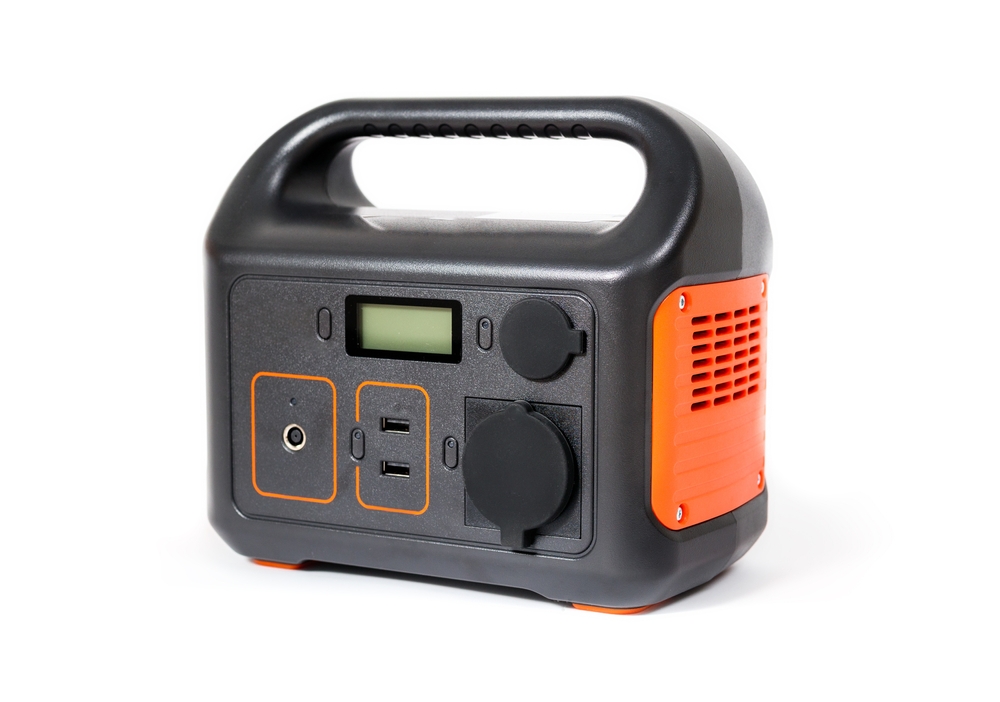Choosing the Right Backup Energy Solution: A Complete Guide
When the lights go out, having a reliable backup energy solution can make all the difference. Whether you're preparing for emergencies, planning outdoor adventures, or simply seeking peace of mind during power outages, understanding the various types of backup power systems and their capabilities is essential. Modern power generation technology has evolved significantly, offering solutions ranging from traditional fuel-powered units to innovative solar alternatives that cater to diverse needs and budgets.

Backup power solutions have become indispensable tools for homeowners, outdoor enthusiasts, and businesses alike. With increasing frequency of severe weather events and grid instabilities, reliable energy sources are no longer luxury items but practical necessities. The market offers an extensive range of options, from compact portable units to whole-house systems, each designed to meet specific power requirements and usage scenarios.
What Makes a Quality Backup Energy Solution?
Selecting the right backup power system involves understanding several critical factors. Power output, measured in watts, determines what appliances and devices you can run simultaneously. A typical refrigerator requires 600-800 watts, while a central air conditioning system may need 3,500 watts or more. Runtime capacity, fuel efficiency, noise levels, and portability all play significant roles in determining which system suits your needs. Modern units often feature automatic transfer switches, allowing seamless transitions during power interruptions. Additionally, consider the starting mechanism, whether manual pull-start, electric start, or remote activation, as this affects convenience during emergencies.
Solar vs. Traditional: Comparing Power Backup Options
The debate between solar and traditional backup systems centers on fuel source, maintenance, and environmental impact. Traditional units, powered by gasoline, diesel, or propane, offer high power output and quick refueling capabilities. They excel in extended outages where consistent, high-wattage power is necessary. However, they require regular maintenance, produce emissions, and generate noise during operation. Solar systems, conversely, harness renewable energy through photovoltaic panels, storing power in battery banks. They operate silently, require minimal maintenance, and produce zero emissions. The trade-off lies in their dependence on sunlight for recharging and typically lower power output compared to fuel-powered alternatives. Solar units work exceptionally well for moderate power needs and situations where quiet operation is paramount.
Solar Power Systems for Emergency and Outdoor Use
Solar backup systems have gained popularity among emergency preparedness advocates and outdoor enthusiasts due to their portability and eco-friendly operation. These systems typically combine solar panels with lithium-ion battery storage and multiple output ports for various devices. Capacity ranges from small 200-watt-hour units suitable for charging phones and laptops to robust 2,000-watt-hour systems capable of running small appliances for extended periods. Key features include USB ports, AC outlets, DC carports, and sometimes wireless charging pads. Expandability is another advantage, as many solar systems allow additional panels or battery modules to increase capacity. For camping trips, tailgating events, or emergency kits, solar backup systems provide reliable power without the noise, fumes, or fuel storage concerns associated with traditional models.
Understanding Modern Power Generation Technology
Contemporary backup power systems incorporate advanced technologies that enhance efficiency, safety, and user experience. Inverter technology has revolutionized portable units by producing clean, stable power suitable for sensitive electronics like computers and medical devices. These units adjust engine speed based on power demand, reducing fuel consumption and noise levels. Smart connectivity features enable remote monitoring and control via smartphone applications, providing real-time data on fuel levels, runtime, and maintenance schedules. Automatic voltage regulation protects connected devices from power surges, while low-oil shutoff mechanisms prevent engine damage. Dual-fuel or tri-fuel capabilities offer flexibility by allowing operation on multiple fuel types, ensuring availability during supply shortages. Carbon monoxide detection systems and automatic shutoff features address safety concerns, particularly for indoor-rated models.
Comprehensive Comparison of Backup Power Options
When evaluating backup power systems, comparing specific models helps clarify which features align with your requirements and budget. The following table presents real-world examples across different categories:
| System Type | Model Example | Power Output | Key Features | Cost Estimation |
|---|---|---|---|---|
| Portable Gas | Honda EU2200i | 2,200W | Inverter technology, quiet operation, fuel-efficient | $1,100 - $1,300 |
| Solar Portable | Jackery Explorer 1000 | 1,000Wh | Solar rechargeable, multiple ports, lightweight | $900 - $1,100 |
| Standby Gas | Generac Guardian 22kW | 22,000W | Automatic transfer, whole-house power, Wi-Fi enabled | $4,500 - $5,500 |
| Dual-Fuel Portable | Champion 3400W | 3,400W | Gas/propane compatible, electric start, inverter | $700 - $900 |
| High-Capacity Solar | EcoFlow Delta Pro | 3,600Wh | Expandable capacity, fast charging, app control | $3,600 - $3,900 |
Prices, rates, or cost estimates mentioned in this article are based on the latest available information but may change over time. Independent research is advised before making financial decisions.
How to Choose the Best System for Your Needs
The selection process begins with calculating your power requirements. List essential appliances and devices you need during outages, noting their wattage. Add 20-30 percent buffer for starting surges, particularly for motor-driven appliances. Consider runtime needs—if outages typically last hours rather than days, a smaller fuel tank or battery capacity may suffice. Evaluate your storage space and portability requirements. Whole-house standby systems require professional installation and permanent placement, while portable units offer flexibility but demand storage space. Budget constraints naturally influence decisions, but factor in long-term costs including fuel, maintenance, and potential repairs. Noise restrictions in your area might necessitate quieter inverter models or silent solar options. Finally, assess fuel availability and storage capabilities, especially for extended emergency scenarios.
Final Considerations for Backup Power Selection
Investing in a backup power system represents a commitment to preparedness and energy independence. Whether you choose a traditional fuel-powered unit for maximum output or embrace solar technology for sustainable, quiet operation, understanding your specific needs ensures satisfaction with your purchase. Regular maintenance, proper storage, and safe operation practices extend system lifespan and reliability. As technology continues advancing, newer models offer improved efficiency, smarter features, and greater convenience. By carefully weighing power requirements, budget, environmental considerations, and usage scenarios, you can confidently select a backup energy solution that provides peace of mind and practical utility for years to come.




